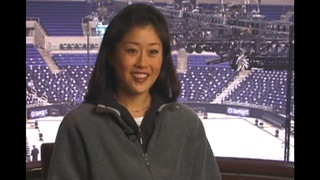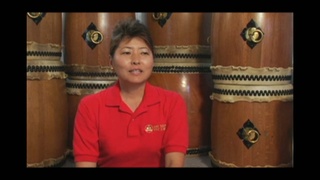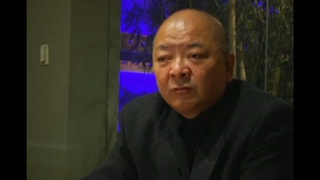Interviews
Life in Davao, Philippines
Father went to Philippines, because it was only available country at that time to go either Brazil or Philippine – he chose Philippine. That was May 1, 1937, and then a year later, I was born in Davao, Philippines. It’s a Mindanao Island.
During that time, there were almost like 20,000 Japanese in that community, and they had very extensive cultural activities that is going on, and place, Davao was prosperous with the production of hemp, like ship’s ropes and the potato sacks were made from hemp. And father, after a while, was apprenticing the – making water tanks and roofs in them – other products – out of sheet metal; it’s a galvanized sheet metal. And when he returned, visiting Japan, he became an owner of a shop in – it started to prosper.
Date: July 12, 2017
Location: California, US
Interviewer: Mitsue Watanabe, Yoko Nishimura, Leighton Okada
Contributed by: Watase Media Arts Center, Japanese American National Museum
Explore More Videos


Not wanting to stand out as a foreigner
Sansei Japanese American living in Japan and Kendo practioner

Moving to Brazil wanting to see the world (Japanese)
Kasato-maru immigrants




Support from the Japanese American community
(b.1971) Professional figure skater and Olympic gold medalist.


Different races have to live together and interact
(1917 - 2004) Political activist

The multicultural perspective
(b.1960) Third-generation taiko drummer, leader of Maui Taiko

Japanese in Minot
(1928 - 2008) Drafted into both the Japanese Imperial Army and the U.S. Army.

Didn’t speak Japanese until moving to Japan
(1928 - 2008) Drafted into both the Japanese Imperial Army and the U.S. Army.

Integrating As First-Generation Japanese-Peruvian (Japanese)
(b. 1962) Japanese restaurant owner and chef in Peru

Inspirations for Living Abroad (Japanese)
(b. 1962) Japanese restaurant owner and chef in Peru

Difference Between Past Immigrants and Today’s Immigrants (Japanese)
(b. 1962) Japanese restaurant owner and chef in Peru
